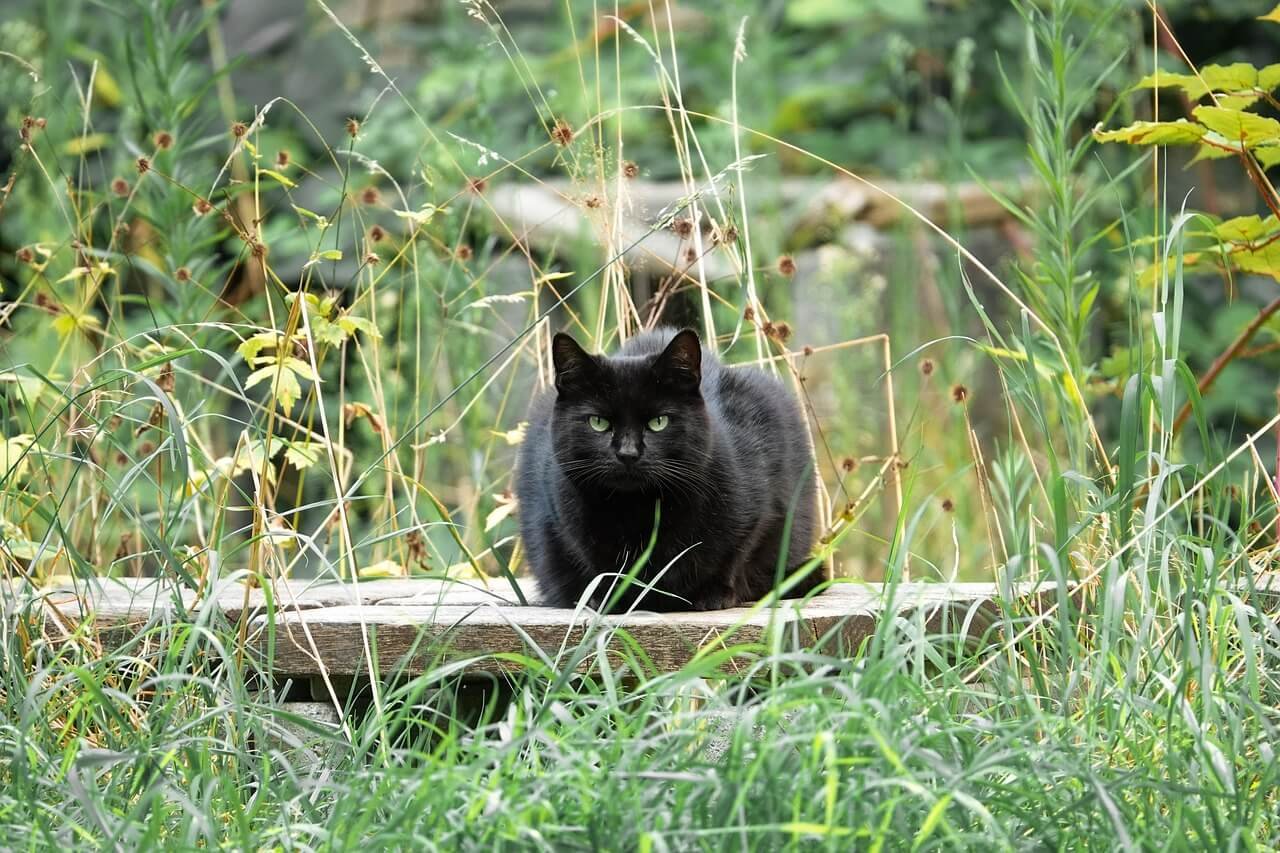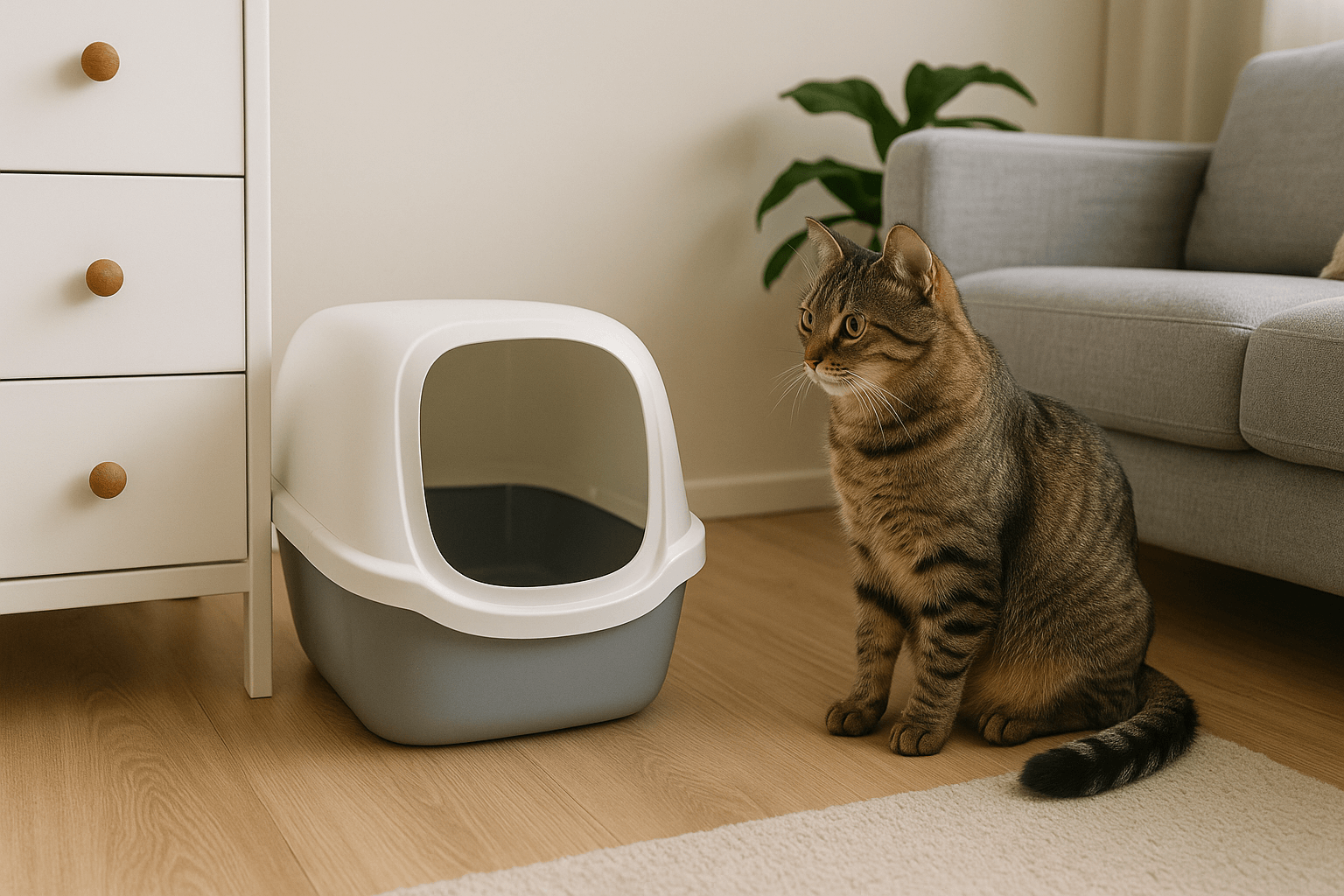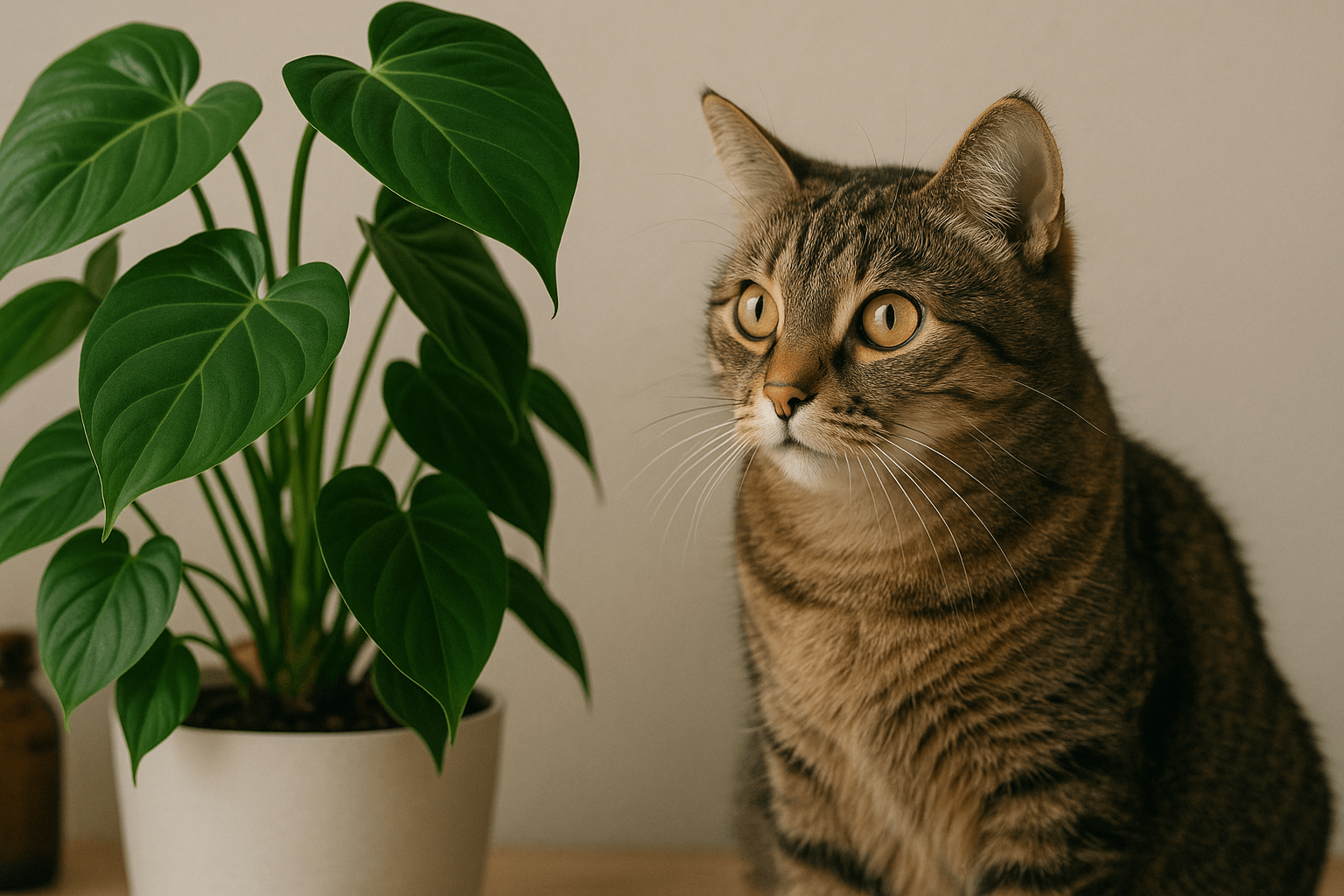The Art of Trimming Your Cats Nails: A Guide to Stress-Free Grooming
Caring for a cat involves more than just feeding and cuddling. One essential aspect of feline care is trimming their nails. While it may seem daunting at first, mastering this skill can prevent scratches, protect your furniture, and even improve your bond with your furry friend. Many cat owners shy away from nail trimming due to fear of injuring their pet or being scratched themselves. However, with the right approach and tools, this task can become a seamless part of your routine. In this guide, we’ll explore everything you need to know about trimming your cat’s nails safely and effectively.
Why Trimming Your Cat’s Nails Is Important
Trimming your cat’s nails is not just about aesthetics; it plays a crucial role in their overall well-being. Here are some key reasons why this grooming task should not be overlooked:
- Prevents Overgrown Nails: Cats’ nails grow continuously, and if left untrimmed, they can curl into the paw pad, causing pain and infection.
- Protects Your Furniture: Sharp nails can damage upholstery, carpets, and curtains. Regular trimming minimizes this risk.
- Reduces Scratches: Whether you’re playing with your cat or simply cuddling, trimmed nails mean fewer accidental scratches.
- Supports Healthy Nail Growth: Trimming removes the outer layer of the nail, encouraging healthy regrowth.
- Prevents Behavioral Issues: Overgrown nails can make walking uncomfortable, leading to irritability or aggression.
By understanding these benefits, you can see how regular nail trimming contributes to a happier, healthier cat. It’s a small effort that yields significant rewards for both you and your pet.
Essential Tools for Trimming Cat Nails
Before you begin trimming your cat’s nails, it’s important to gather the right tools. Using improper equipment can make the process more difficult and stressful for both you and your cat. Here’s what you’ll need:
- Cat Nail Clippers: These are specifically designed for cats and come in scissor-style or guillotine-style options.
- Styptic Powder: This stops bleeding in case you accidentally cut the quick (the sensitive part of the nail).
- Treats: Rewarding your cat with treats after each nail trimmed helps create a positive association.
- A Calm Environment: Choose a quiet space where your cat feels safe and relaxed.
- A Helper (Optional): If your cat is particularly wiggly, having someone to gently hold them can make the process easier.
With these tools on hand, you’ll be well-prepared to tackle the task confidently. Remember, preparation is key to a smooth nail-trimming session.
Check this guide 👉 Top 4 Best Tools for Every Cat Groomer!

Common Mistakes to Avoid | Tips for Success |
|---|---|
Cutting the quick | Use proper lighting to see the nail clearly. |
Rushing the process | Take breaks if your cat becomes anxious. |
Skipping regular trims | Trim nails every 2-3 weeks to maintain length. |
Using human nail clippers | Invest in cat-specific clippers for precision. |
Ignoring your cat’s mood | Only trim nails when your cat is calm and relaxed. |
Step-by-Step Guide to Trimming Your Cat’s Nails
Now that you have the right tools and mindset, let’s walk through the process step by step. Follow these guidelines to ensure a smooth and safe nail-trimming session:
- Start Slow: Begin by gently touching your cat’s paws to get them used to the sensation.
- Position Comfortably: Hold your cat securely but gently, ensuring they feel safe.
- Identify the Quick: Look for the pinkish area inside the nail—this is the quick, which you should avoid cutting.
- Trim Small Sections: Cut only the tip of the nail to minimize the risk of injury.
- Reward Generously: Offer treats and praise after each nail to reinforce positive behavior.
By following these steps, you can make nail trimming a manageable and even enjoyable experience for your cat. Patience and consistency are key to success.
Signs Your Cat Needs Nail Trimming
How do you know when it’s time to trim your cat’s nails? Here are some clear indicators to watch for:
- Audible Clicking Sounds: If you hear clicking when your cat walks on hard surfaces, their nails are likely too long.
- Visible Curling: Overgrown nails may start to curl under the paw, causing discomfort.
- Furniture Damage: Excessive scratching or snagging on fabrics suggests sharp nails.
- Behavioral Changes: Limping or reluctance to walk could indicate overgrown nails.
- Routine Schedule: Even if no obvious signs are present, regular trimming every 2-3 weeks is recommended.
Being attentive to these signs ensures your cat’s nails stay healthy and manageable. Early intervention prevents potential issues down the line.
Understanding Your Cat’s Nail Anatomy
Before you begin trimming, it’s helpful to understand the basic structure of your cat’s nails. This knowledge will reduce the risk of injury and make the process smoother for both you and your pet. Here are some key points about feline nail anatomy:
- The Quick: This is the sensitive part of the nail that contains nerves and blood vessels. Cutting into it can cause pain and bleeding.
- Outer Nail Layer: The hard, keratinized part of the nail is what you’ll be trimming. It grows continuously and needs regular maintenance.
- Retractable Nails: Unlike dogs, cats have retractable claws, meaning they only extend them when needed. This feature helps keep their nails sharper.
- Nail Growth Patterns: Cats’ nails grow in layers, and trimming removes the outermost layer to encourage healthy regrowth.
- Dewclaws: These are small, thumb-like nails located higher up on the leg. They often require extra attention since they don’t wear down naturally.
Understanding these aspects of your cat’s nails will help you approach trimming with confidence and precision. Knowledge truly is power when it comes to effective grooming.
Common Challenges During Nail Trimming and How to Overcome Them
Even experienced cat owners face challenges when trimming their pet’s nails. Recognizing these hurdles and knowing how to address them can make the process much easier. Here are some common issues and solutions:
- Wriggling and Resistance: Many cats dislike having their paws handled. Gradual desensitization by touching their paws regularly can help.
- Fear of the Clippers: Introduce the clippers slowly by letting your cat sniff and inspect them before use.
- Accidental Quick Cuts: Always err on the side of caution by trimming small sections at a time.
- Lack of Cooperation: If your cat becomes too agitated, take breaks or try trimming during naptime when they’re more relaxed.
- Difficulty Seeing the Quick: Use bright lighting or a flashlight to locate the quick, especially in dark-colored nails.
By anticipating these challenges and preparing accordingly, you can minimize stress and create a more positive experience for your cat. Patience and adaptability are essential.
Tips for Creating a Positive Association with Nail Trimming
Cats are creatures of habit, and creating a positive association with nail trimming can transform this task into a less daunting activity. Here are some tips to help your cat feel more comfortable:
- Use High-Value Treats: Offer your cat’s favorite snacks immediately after each nail is trimmed to reinforce good behavior.
- Incorporate Playtime: Follow up the session with a fun play session to leave your cat with a happy memory.
- Stay Calm and Confident: Cats can sense your emotions, so maintaining a relaxed demeanor will help them feel safer.
- Short Sessions: Keep trimming sessions brief to avoid overwhelming your cat.
- Verbal Praise: Speak softly and offer gentle praise throughout the process to reassure your cat.
By focusing on positive reinforcement, you can gradually change your cat’s perception of nail trimming. Over time, they may even come to tolerate—or even enjoy—the experience.
FAQ
How often should I trim my cat’s nails?
Ideally, you should trim your cat’s nails every 2-3 weeks to maintain a healthy length.
What should I do if I cut the quick?
Apply styptic powder or cornstarch to stop the bleeding and comfort your cat.
My cat hates nail trimming. What can I do?
Gradually acclimate your cat to the process by handling their paws regularly and rewarding them with treats.
Can I use human nail clippers for my cat?
No, human nail clippers are not designed for cats and can cause splintering or injury.
Is it necessary to trim indoor cats’ nails?
Yes, even indoor cats need regular nail trimming to prevent overgrowth and related issues.
Building Confidence in Cat Nail Trimming
Trimming your cat’s nails doesn’t have to be a source of stress or anxiety. With patience, preparation, and practice, you can turn this grooming task into a bonding experience that benefits both you and your feline companion. Remember, every cat is unique, so tailor your approach to suit their personality and needs. By staying consistent and using the tips outlined in this guide, you’ll soon find yourself trimming nails like a pro. Celebrate small victories along the way, and don’t hesitate to seek professional help if needed. Your cat will thank you for the care and attention you provide!
Tabby Cat vs Tortoiseshell: Best 7 Expert Tips! Discover the differences in patterns, personalities, and care needs between tabby and tortoiseshell cats to find your perfect feline companion.
Understanding Trichomoniasis in Cats: Best 7 Expert Tips! Discover symptoms, treatment, and prevention strategies for this common feline parasite to keep your cat healthy and happy.
Where to Place a Cat Litter Box? Best 7 Expert Tips! Discover ideal spots, avoid common mistakes, and learn how to keep your cat happy with perfect litter box placement.
Are Philodendrons Toxic to Cats? Best 7 Expert Tips! Discover if philodendrons are safe for cats, symptoms of poisoning, and expert advice to keep your feline friend healthy around houseplants.





